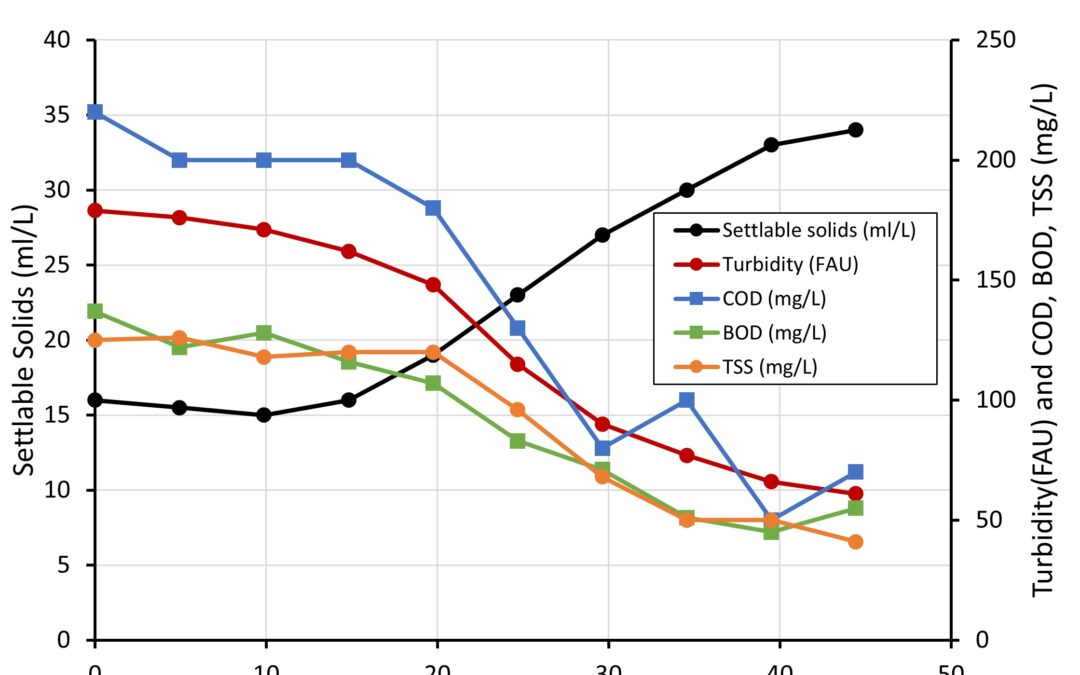Wastewater treatment consumes a great deal of energy. Efforts to make treatment more energy efficient include finding ways to reduce aeration needs and also generating biogas in digesters to use as fuel. Chemically Enhanced Primary Treatment (CEPT) can assist with both.
Chemically Enhanced Primary Treatment Redirects BOD to the Digesters
Chemically Enhanced Primary Treatment uses chemicals to settle more influent solids, and with it, the waste contributing biological oxygen demand (BOD). This lowers the BOD requiring aeration in the secondary treatment system, lowering aeration costs, the main energy consumer in your treatment system. Typical primary treatment generally removes between 25% to 45% of influent BOD, sending 55% to 75% to secondary treatment requiring aeration. With CEPT, the removal rate can be increased to 40% to 80% of influent BOD, leaving much less BOD requiring aeration and lowering energy consumption.
In addition, this redirection of BOD to the anaerobic digesters provides added carbon for biogas production. Less energy consumption from aeration plus more energy generation from biogas gets your plant much closer to carbon and energy-neutral operation.
So, to recap, the main energy advantages of CEPT are:
- Reducing BOD to secondary aeration and redirecting the carbon to digesters, saving on aeration costs.
- Increasing the carbon to the anaerobic digesters for production of biogas, thereby increasing biogas production that can be used for energy co-generation.
Chemicals Used for CEPT are Often Those Used for Removing Phosphorus in Wastewater
But what chemicals are best for this carbon redirection? The same coagulants used for phosphorus removal are used to settle solids in the primaries for carbon redirection, which provides the added benefit of phosphorus removal.
Neo WaterFX is the Best Choice for CEPT
WaterFX is the best choice for carbon redirection in the primaries for the following reasons:
- Settles solids and enhances BOD removal as well as traditional Fe or Al-based coagulants.
- Removes phosphorus to lower levels at lower coagulant doses than Fe or Al-based coagulants, allowing you to achieve your phosphorus removal goals.
- Because WaterFX requires lower doses, it produces much less chemical sludge, taking up less volume in the digesters. Less unproductive chemical sludge means improved digester capacity and efficiency.
- Does not adversely impact the alkalinity or pH of your influent, so it does not require additional chemical feeds (caustic for pH adjustment) required when using iron or aluminum coagulants, saving money while simplifying your treatment.
If You are Looking for the Best Way to Add CEPT to Your Energy Strategy, Give us a Call
Our engineers will help you evaluate WaterFX of CEPT for carbon redirection and biogas production, as well as look at the benefits of using WaterFX for your phosphorus removal requirements. Contact us and let us see if WaterFX makes sense for your treatment system.



